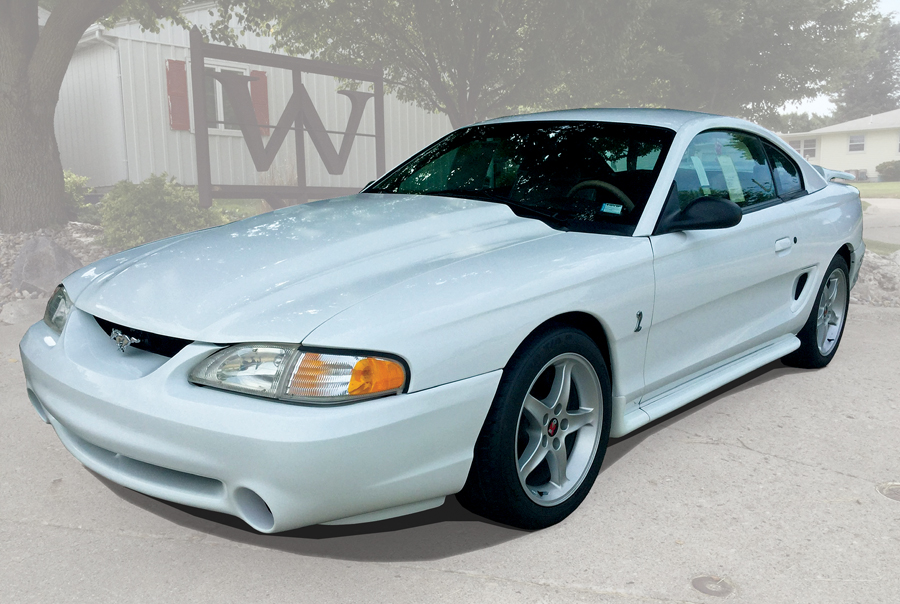- Number 38 of 250 cars built in 1995
- 5.8-L V8, 5-speed manual
- Manual seats and windows, rear seat delete
- Initially sold only to customers holding a competition license
- All original, no dealer prep
- 318 actual miles
- Paint correction, recent ceramic coating
- Factory invoice, window sticker, Ford Certificate of Authenticity
Chassis Number: 1FALP42C4SF213613

